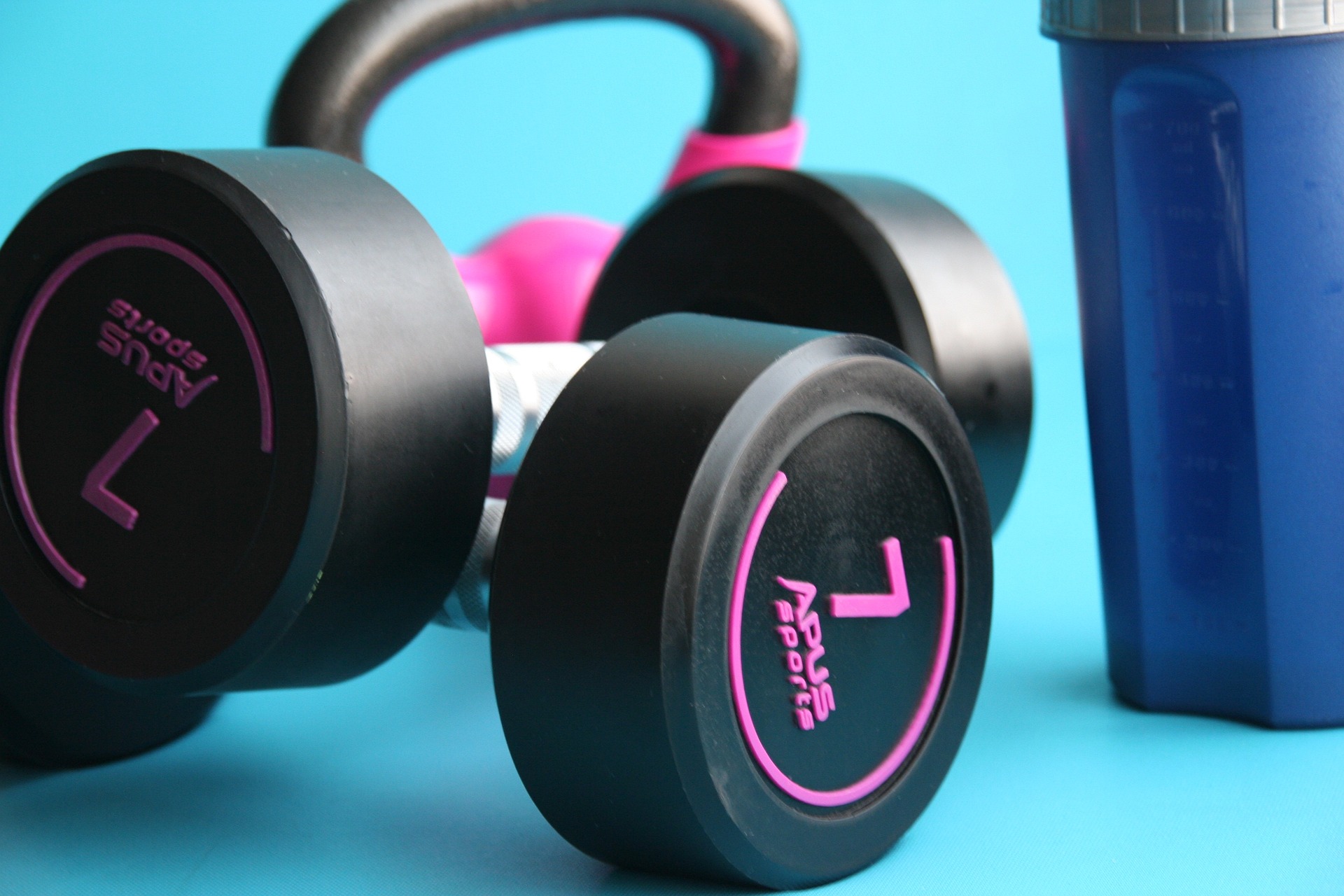Revolutionizing Your Fitness Regime with the Science of Chronobiology
As an opening gambit, let's engage on a groundbreaking science that could enhance your daily workout - Chronobiology. This field studies our internal biological clocks, illuminating how our bodies perform differently at various times of the day. Applying this knowledge to exercise regimes could maximize effectiveness and health benefits.

A Look Through the Chronobiology Timepiece
Chronobiology centers on circadian rhythms - roughly 24-hour cycles - dictated by our body’s internal clock. How does this tie into fitness? These rhythms can impact energy levels, strength, flexibility, and even injury risk, all of which can significantly affect our workouts. Imagine tailoring your exercise schedule to when your body is primed for peak performance; you could achieve greater results with less strain.
Revising Your Routine
Morning people may leap enthusiastically onto their treadmills before dawn, but science suggests strength and endurance peak in the late afternoon or early evening. During this time, body temperature is highest, leading to optimal muscle function and decreased injury likelihood. However, morning workouts have their benefits, including more significant improvements in blood pressure and better sleep. Consider these factors when planning your new exercise routine.
Synchronizing with Your Rhythm
This isn’t about forcing a total lifestyle change. Instead, understanding your unique circadian rhythm and crafting a suitable fitness schedule can increase your workout gains. Consider getting tested for your “chronotype” or natural sleep-wake cycle. Are you an early bird, preferring to rise and sleep earlier, or a night owl who thrives late into the night? Your most effective workout times will depend on your answer.
From Theory to Action
Bringing chronobiology into fitness doesn’t mean overhauling your entire routine. Make small, gradual changes. If you’re someone who enjoys morning runs, try shifting them to later in the day and note any differences in performance and energy. However, consistency is key in fitness; if an afternoon or evening workout doesn’t fit into your daily life, sticking to your morning routine may be best.
- Your body temperature reaches its maximum in the late afternoon, making it an optimal time for strength and endurance activities.
- Morning workouts can lead to more significant improvements in blood pressure and sleep quality.
- First, understand your “chronotype” before rearranging your workout schedule.
- Make gradual adjustments to your exercise routine to accommodate your body’s natural rhythm.
- Consistency, above all, is vital for long-term fitness benefits.
A Healthier Approach
Integrating insights from chronobiology into your workout routine can pave the way for an optimized and personalized exercise schedule, transforming the way you treat your body and perceive your health. Ultimately, the goal is not about pushing yourself harder but understanding your body better and working in harmony with its inner rhythms. As you tweak your exercise routine according to your biological clock, you may find yourself in the best shape of your health and fitness journey.




